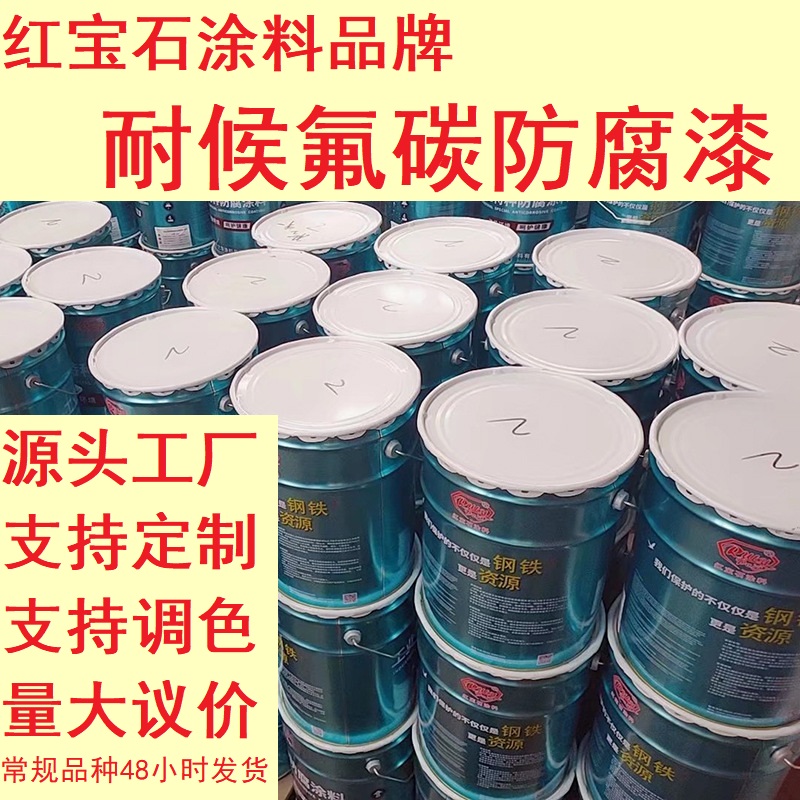Table of Contents
Understanding the Advantages of Fluorocarbon Painting in Architectural Design
Fluorocarbon painting has emerged as a pivotal technique in architectural design, offering a plethora of advantages that cater to the demands of modern construction projects. This innovative method utilizes fluorocarbon-based coatings, known for their exceptional durability, weather resistance, and aesthetic appeal. Understanding the benefits of fluorocarbon painting is crucial for architects, builders, and designers seeking optimal solutions for their projects.
One of the foremost advantages of fluorocarbon painting lies in its unparalleled durability. Fluorocarbon-based coatings exhibit remarkable resistance to fading, chalking, and degradation caused by exposure to UV radiation and harsh weather conditions. This inherent durability ensures that structures maintain their vibrant appearance and protective coating over extended periods, reducing the need for frequent maintenance and repainting.

Moreover, fluorocarbon painting offers superior protection against environmental factors such as pollution, moisture, and corrosive substances. The chemical composition of fluorocarbon coatings forms a robust barrier that shields surfaces from oxidation, rust, and corrosion, thereby extending the lifespan of architectural elements and preserving their structural integrity. This enhanced protection is particularly advantageous in coastal areas or regions prone to industrial pollution, where buildings are subjected to heightened environmental stresses.
In addition to its protective properties, fluorocarbon painting boasts exceptional color retention capabilities. Unlike conventional paint systems, fluorocarbon-based coatings maintain their original hue and gloss for prolonged periods, even in the face of exposure to harsh sunlight and atmospheric pollutants. This ensures that architectural elements retain their aesthetic appeal and vibrancy, contributing to the overall visual impact of the built Environment.
Furthermore, fluorocarbon coatings offer versatility in design, allowing architects and designers to explore a wide range of color options, textures, and finishes. Whether aiming for a sleek, contemporary look or a textured, rustic facade, fluorocarbon painting provides the flexibility to realize diverse design visions while ensuring consistent performance and longevity.
Another notable advantage of fluorocarbon painting is its eco-friendly nature. Many fluorocarbon coatings are formulated to minimize volatile organic compound (VOC) emissions, reducing environmental impact and promoting sustainable building practices. By opting for fluorocarbon-based coatings with low VOC content, architects and builders can align their projects with green building standards and contribute to environmental conservation efforts.
Moreover, fluorocarbon painting facilitates ease of application and maintenance, offering efficiency and cost-effectiveness throughout the project lifecycle. The smooth, uniform finish of fluorocarbon coatings simplifies the painting process, allowing for quicker turnaround times and reduced labor costs. Additionally, the minimal maintenance requirements of fluorocarbon-painted surfaces translate to long-term savings on upkeep and refurbishment expenses, making it a financially sound investment for building owners and Developers.
In conclusion, fluorocarbon painting represents a paradigm shift in architectural design, offering a host of advantages that elevate the quality, longevity, and sustainability of built environments. From its exceptional durability and weather resistance to its aesthetic versatility and eco-friendly properties, fluorocarbon painting embodies the future of architectural coatings. By understanding and harnessing the benefits of fluorocarbon painting, architects, builders, and designers can create structures that not only endure the test of time but also inspire admiration and appreciation for generations to come.
